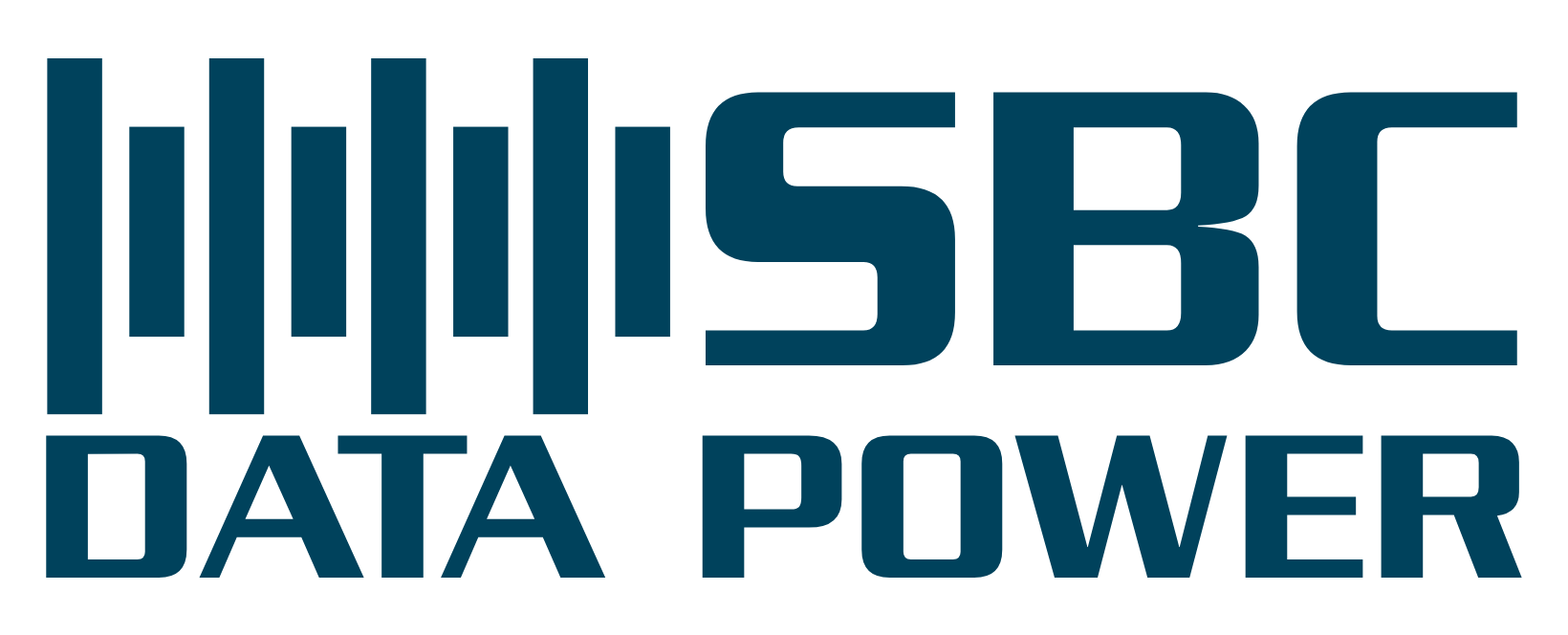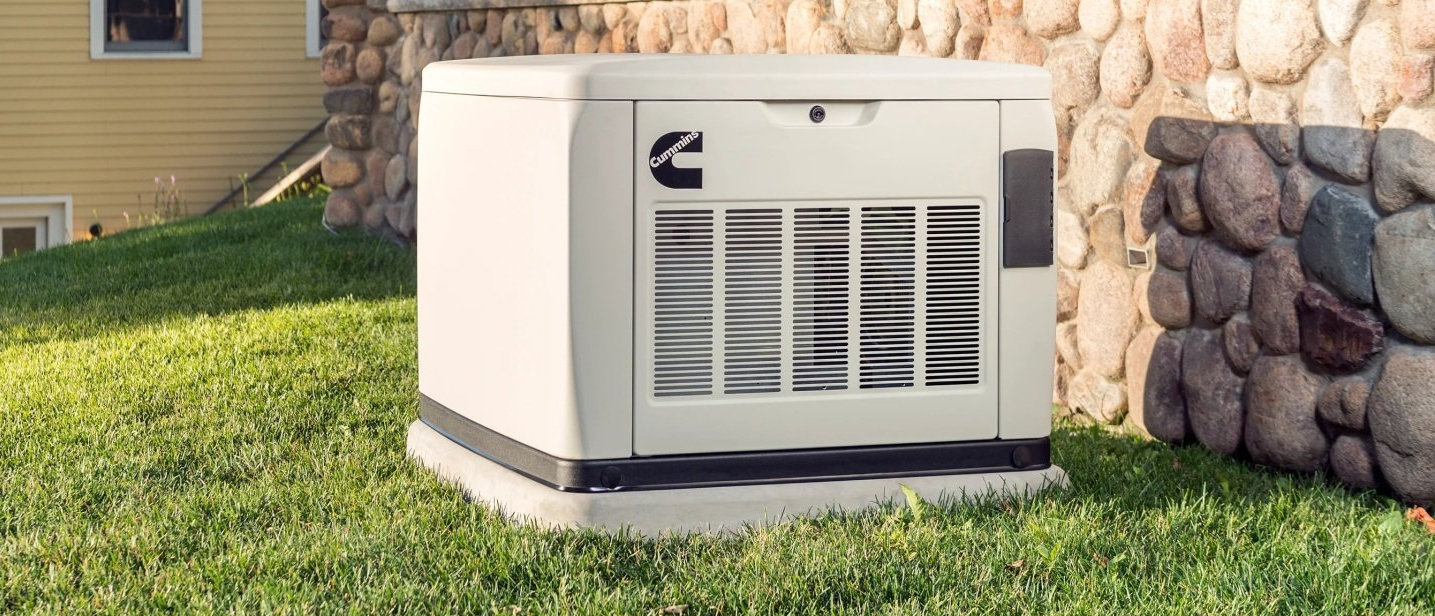The Future of Power: Why Home Renewable Energy is Key to Energy Independence
Importance of energy independence

Energy independence is crucial for a nation's security and stability. When a country relies on its resources for power, it reduces its vulnerability to disruptions in the global energy market. Home renewable energy plays a key role in achieving energy independence as it allows individuals to generate their electricity, decreasing reliance on external sources. This shift towards renewable energy sources promotes sustainability and reduces carbon emissions, contributing to a cleaner environment for future generations.
![]()
What is home renewable energy?
Home renewable energy is the use of natural resources like sunlight, wind, and water to create electricity at home. It allows you to generate power in a sustainable way, reducing reliance on traditional energy sources like coal or oil. Solar panels and wind turbines are common examples of home renewable energy systems.
Benefits of home renewable energy
Renewable energy sources like solar panels and wind turbines can lower your electricity bills by generating your electricity. Switching to renewable energy can reduce your carbon footprint, helping the environment by decreasing greenhouse gas emissions. Additionally, with government incentives, you can save money on installation costs.
Impact on the environment
Home renewable energy sources, such as solar panels and wind turbines, have a positive impact on the environment. They reduce our reliance on fossil fuels, which produce harmful emissions that contribute to air pollution and climate change. By harnessing energy from the sun and wind, we can reduce greenhouse gas emissions and combat global warming. Additionally, using renewable energy sources helps conserve natural resources and promotes sustainability for future generations.
Cost-effectiveness of renewable energy
Renewable energy sources like solar and wind power are becoming more affordable as technology advances. Installing solar panels or wind turbines at home can initially be expensive, but they can ultimately save you money on your energy bills in the long run. Additionally, many governments offer incentives and rebates for switching to renewable energy, making it a cost-effective choice for both your wallet and the environment.
Technologies for home renewable energy
Solar panels are a popular choice for home renewable energy. They use sunlight to generate electricity for your home. Wind turbines are another option; they use wind to produce power. In addition, hydroelectric systems can generate energy by utilizing flowing water. Each of these technologies offers a sustainable way to power your home and reduce your dependence on traditional energy sources.
How to implement renewable energy at home
To start using renewable energy at home, consider installing solar panels on your roof. Solar panels convert sunlight into electricity, reducing your reliance on traditional power sources. You can also explore wind turbines, which use wind to generate electricity for your home. Another option is geothermal heat pumps, which harness the Earth's natural heat to warm or cool your home efficiently. When implementing renewable energy at home, research local incentives and rebates that can help offset the initial cost. By investing in home renewable energy, you not only save money in the long run but also contribute to a more sustainable future.
Government incentives and policies
Government incentives and policies play a vital role in promoting the use of renewable energy sources like solar panels and wind turbines in homes. These incentives often come in the form of tax credits, rebates, or grants, making it more affordable for homeowners to invest in renewable energy systems. Some governments also have policies that require a certain percentage of energy to come from renewable sources, encouraging households to adopt sustainable energy practices. By taking advantage of these incentives and following supportive policies, homeowners can contribute to a greener future while reducing their reliance on traditional energy sources.
Challenges in adopting home renewable energy
Switching to home renewable energy can be a smart move, but it comes with challenges. Here are some common hurdles you might face:
- High Initial Costs: Installing solar panels or wind turbines can be expensive initially.
- Limited Space: Some homes may not have enough space for renewable energy installations.
- Dependency on Weather: Solar and wind energy generation can be affected by weather conditions.
- Regulatory Hurdles: Local regulations and permits may be required for renewable energy systems.
- Storage Issues: Storing excess energy for later use can be a challenge.
- Maintenance Costs: Regular maintenance and repairs may add to the overall cost.
Conclusion: Embracing a sustainable future with home renewable energy
By adopting home renewable energy, individuals can reduce their dependence on traditional energy sources and contribute to a more sustainable future. Implementing renewable energy solutions at home is a tangible way to support the environment and lower energy costs simultaneously. Solar panels, wind turbines, and other renewable technologies have become more accessible and affordable, allowing homeowners to take control of their energy consumption. Embracing these sustainable alternatives not only benefits the planet but also empowers individuals to be part of the solution to global energy challenges. It's time to make the switch to home renewable energy and pave the way for a cleaner, greener future.







